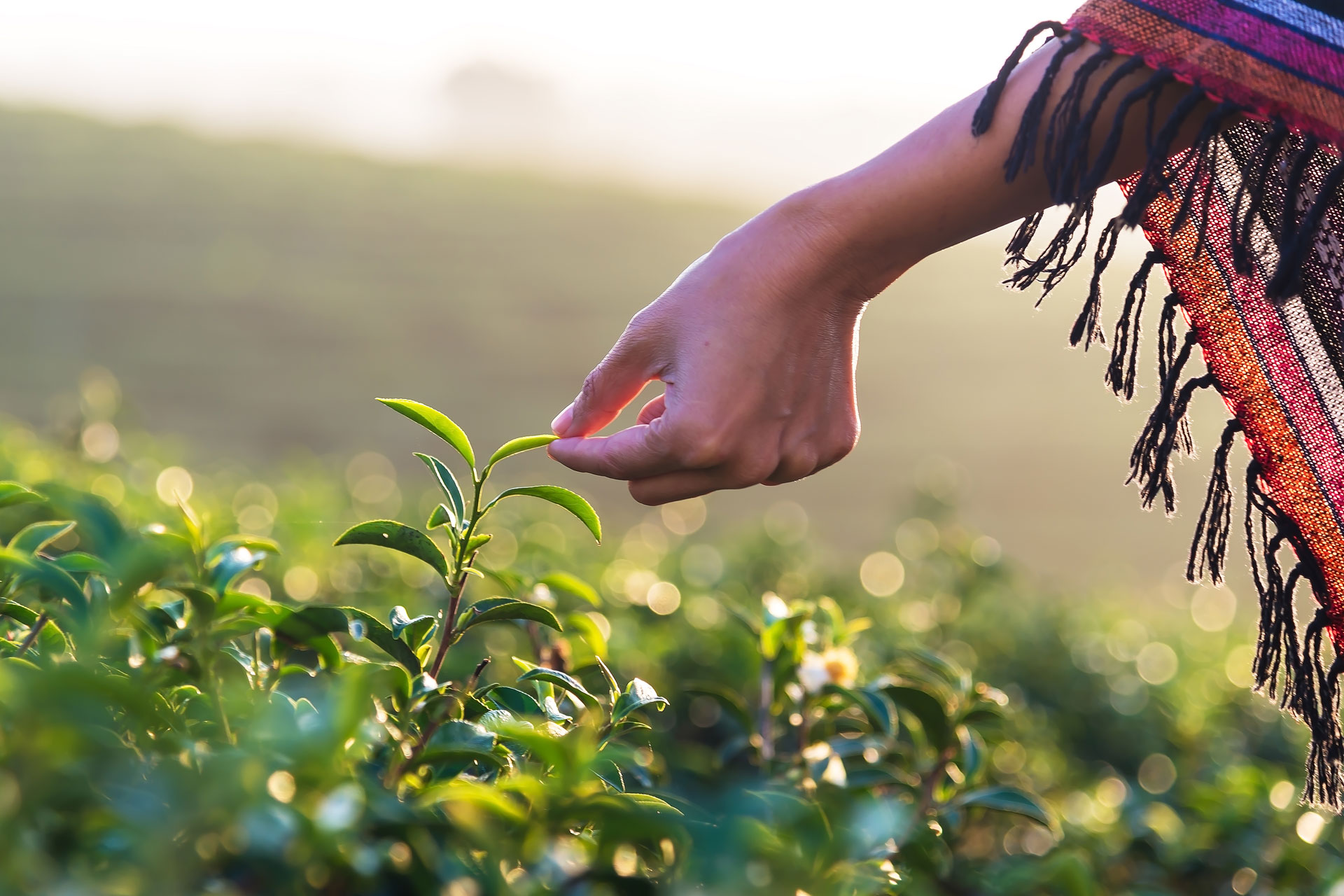
Why Is The Price Of Tea Soaring?
By
8 months ago
Here's why your morning brew is getting pricier
Every day, we drink 165 million cups of tea in the UK alone – and globally, it’s the second most-consumed beverage after water. But it looks like our beloved cuppa could be under threat, as prices continue to skyrocket. We all know food and drink costs are increasing across the board, with the recent cost of living update putting food inflation at 1.5 percent. But tea is experiencing a particularly big hike: according to The Grocer, the price of branded and own-label tea bags in supermarkets has gone up by as much as 30 percent year on year. So what’s behind the surge?
Rising Tea Prices, Explained
Tea is grown in over 60 countries around the world, most of which are tropical and subtropical regions of Asia and Africa. China and India are the world’s largest tea producers, accounting for 49 percent and 20 percent of global production respectively. Historically, tea has been a reasonably affordable drink, however lately prices have increased as a result of two key causes.
Geopolitical Issues
Supply chains have been disrupted recently as a result of the Houthi attacks on ships in the Red Sea, which have forced ships to redirect around the southern tip of Africa. This rerouting led to temporary shortages earlier this year. Back in February, a spokesperson for Yorkshire Tea said: ‘Unfortunately, the ongoing shipping disruptions are affecting the grocery category… we’re monitoring the situation closely.’
The Russia-Ukraine war has also contributed to rising costs, as Russia is one of the largest producers of fertilisers across the world. Prices for fertiliser increased after Russia invaded Ukraine in February 2022, and hundreds of thousands of tonnes of fertiliser ended up getting stuck in EU ports amid the war.

Getty Images
Climate Change
In line with trends across the food and drink industry, climate change is also causing problems for farmers. Tea requires specific conditions to thrive: it grows best in regions with lots of sun, but also sufficient rain and cooler temperatures, so significant shifts in weather conditions can affect production. The recent heatwave in Asia, for instance, caused droughts for many tea farmers, and rising temperatures in Vietnam damaged lots of key crops recently. Kenya and India have also been impacted by recent heatwaves and flooding – according to The Guardian, tea production in India was down 30 percent on 2023.
Anna Mann, associate director for responsible business at Fairtrade Foundation, told the newspaper: ‘I’ve just been in India where the north-east is having a drought and the south is having too much rain and farmers are talking about productivity down 40 percent.
Will Tea Prices Continue To Increase?
There’s hope the current supply chain issues will resolve with time. A spokesperson for the Department for Environment, Food and Rural affairs said back in January: ‘The UK has a highly resilient food supply chain that is well equipped to deal with any potential disruption. Our high degree of food security is built on supply from diverse sources including strong domestic production and imports through stable trade routes.’
However, if global temperatures continue to rise at the current rate, it’s likely tea prices will continue to soar. A recent study from researchers in Germany found climate change may cause food and drink prices to increase by 3.2 percent year on year. ‘The price of tea hasn’t changed in a decade,’ said Mann. ‘We’re looking at one of the first times when there might be shortages and it will have to shift.’






